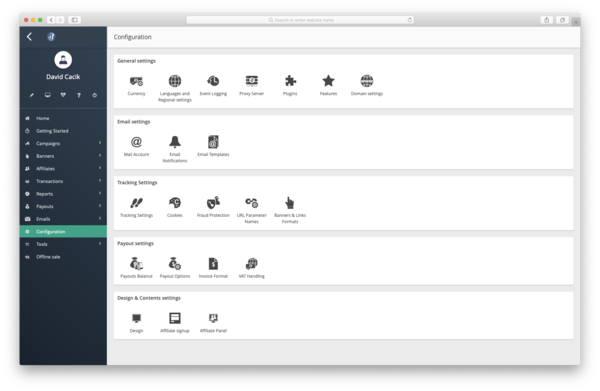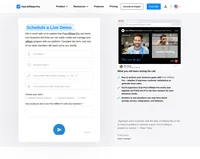Owning a small business can be one of the toughest career paths out there. Small businesses owners are asked to wear a dozen hats, most of which are completely unfamiliar to them.
One of these hats that many small businesses struggle with is marketing. Driving targeted traffic is literally the life blood of any business, but most small business owners have little understanding of how to do this. It’s especially hard when there are quite literally dozens of different ways to drive traffic and generate leads for a business.
The one I want to write about is my personal favorite. It accounts for more than fifty percent of all sales that my business makes, and is extremely risk averse.
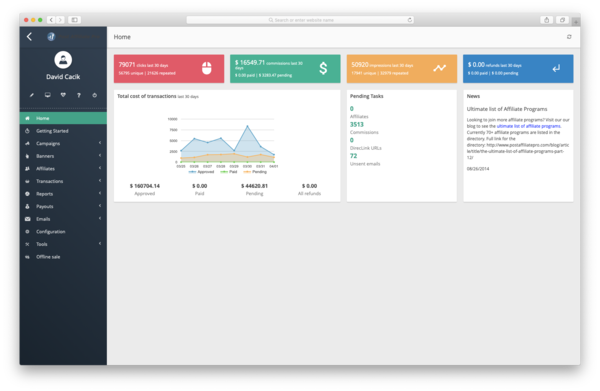
How Do Businesses Benefit?
Affiliate marketing can literally apply to any niche or field of business. I teach multiple courses on affiliate marketing and have students in all kinds of spaces.
While I personally promote B2B products like softwares, I have students that promote digital courses, physical products, agencies, memberships, events, books, and more.
A few years ago Amazon (I think we’ve all heard of them) announced that more than 40% of their sales came as a result of affiliates. That means that affiliate marketing is more than likely their number one source of traffic and revenue in their business.
For me personally I drive nearly 70% of all my digital course sales from my affiliate program. I’ve also brought tens of thousands of new potential customers to my email list as they are referred to my site and sign up for free offers.
In fact more than 80% of businesses utilize some sort of affiliate program. Virtually every established brand in the world is part of that 80%. Where else can you find a marketing channel that is guaranteed to cost you money only if it brings in money?
Is Affiliate Marketing Right For Your Business?
Now while I love affiliate marketing and do it all day every day, that doesn’t mean it’s right for every business out there. It does have a few cons to consider.
The biggest con most brands find is a loss of control. Once you have affiliates out there promoting your brand you no longer control the messaging or the branding. Obviously you do for your own campaigns and websites, but affiliates sometimes do and say things that can damage a brand.
Most companies that worry about this rectify the problem by being very picky about who they allow to promote their products. The downside of that is that you now have to spend time picking through applications and choosing the right candidates.
Brands need to be careful to know their numbers as well. If they are not aware of their profit margins they may find themselves paying affiliate more than they can afford to and come to realize they are actually losing money on each customer brought in my affiliates.
That being said, if a company has a firm hand on it’s brand and it’s numbers, it can do incredible things and reach entirely new audiences with a well-run affiliate program.
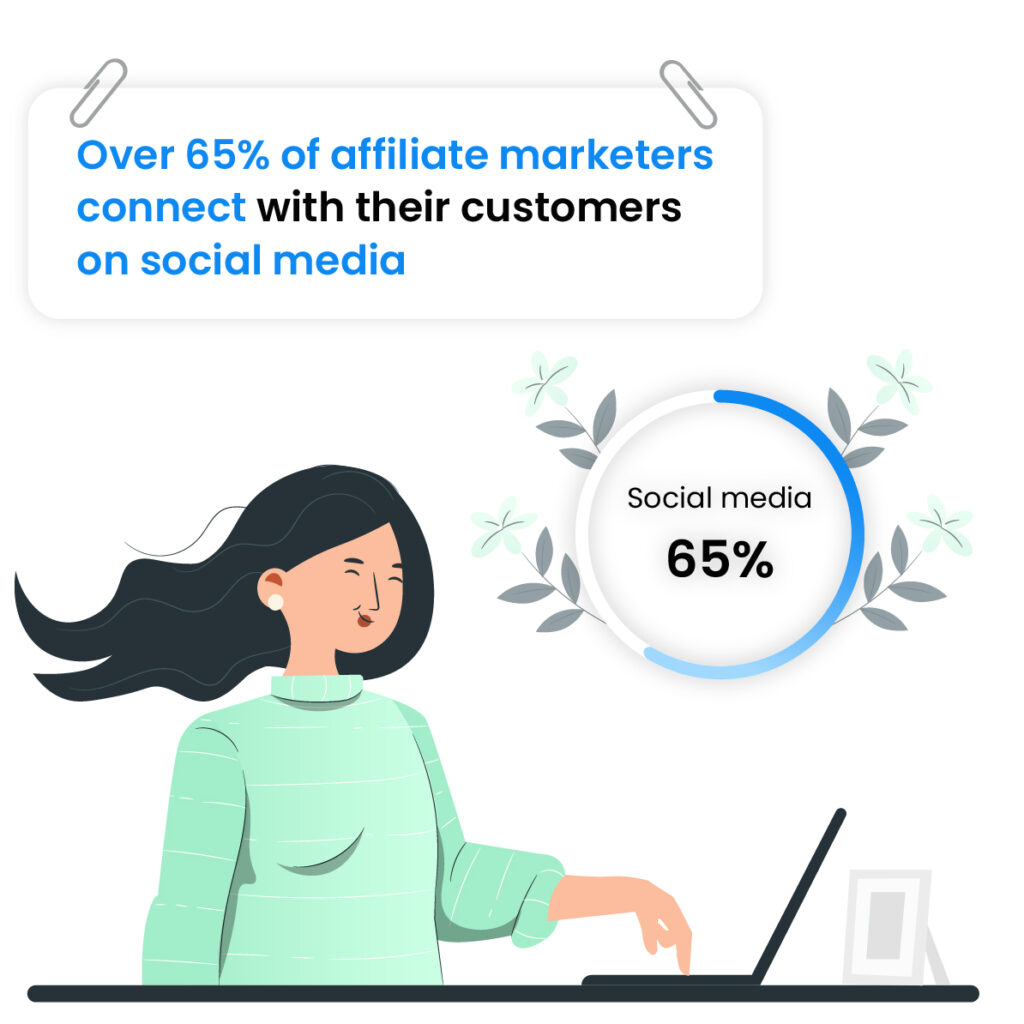
How To Create An Affiliate Program For Your Business?
Many companies make the mistake of assuming that if they make an affiliate program, affiliates will come. This would be great, but let’s be honest, nothing in life is that easy.
Affiliate marketers need to be incentivized just like anyone else. If 80% of companies have some sort of affiliate program than it is likely that at least one of your competitors is wooing affiliates. Here is how to get started setting up a program that will actually succeed.
Choose A Niche Market
I often talk to companies about who their product should serve and they answer me with “everyone”. Unfortunately this is rarely a good strategy. Instead it is important to do what is called niching down. Essentially this is targeting a very specific group of people. This way you can create your messaging, branding, and affiliate relationships around that group of people.
So for this phase you need to figure out who your product serves best. You can break this down in a million ways. Gender, interest, age, etc. The more narrow you get, the better you can serve that particular group of people, and the easier it will be to connect with affiliate in that niche.
How To Locate Affiliate Marketers
Before you start reaching out to affiliates you need to figure out what your offer is going to be. Remember, you have to incentivize them! They have an audience, and you need their audience. Unfortunately there are a lot of other products they could be promoting and you want them to promote YOU. I get inboxed multiple times every single day asking me to promote someone’s products. The vast majority don’t get picked.
The offers that I pick are both generous in their commissions, and extra-generous for those affiliates that knock it out of the park.
Pictured below is a car I was able to win with one affiliate program. The car is $500 a month and was an incentive if I could get 100 active users to a certain software. The nice thing about incentives like this is you only have to reward them to the very best, but they still incentivize hundreds of other affiliates to work at getting there.
Other offers I love are recurring commissions (meaning if the customer continues to buy things you continue to pay affiliates) and scaled commissions. Scaled commissions are basically where you pay out a low percentage of sales to affiliates that don’t bring in much, and a higher percentage of those that do.
The next step is pretty easy because those influencers that could potentially be your affiliates are already out there making waves online. There are lots of free ways to find them depending on the platform. Almost all social media platforms have softwares out there built around finding the most influential users in each category. Then it’s just a matter of reaching out and introducing incentives in a way that, well, incentivizes.
Web scraping is also an effective method of locating affiliates. For example, you could extract data from Instagram profiles or YouTube channels of all influencers that follow certain accounts or use specific hashtags. Furthermore, you can collect your affiliates’ relevant and accurate contact information and then send them directly to your CRM or other tools for marketing campaigns. To get started, we recommend checking out a web scraping guide.
Create Quality Content That Sells
My favorite affiliate programs all try and make my job as easy as possible. This is done by giving me high-quality content I can use.
Some programs give me access to an image database I can use for social posts. Others give access to free trainings that I can give my audience. Still others give me example emails that I can tweak in a few minutes and send out to my email list.
The point here is that the easier you make it to promote your product, the more likely affiliates will do so.
I give all my affiliates access to banners, email swipes, and as much data as I possibly can. I also have them on a special email list so I can keep them up to date with changes in the company or affiliate program.
Rinse And Repeat
Don’t forget that this is a process. You will need someone that is staying on top of consistently doing all these steps. From creating quality content for your affiliates to use, to reaching out to continually bring aboard new affiliates.
Once you have a good number of promoters in a niche, you can move on to another niche that has problems your products can solve and start the whole process over again
Appreciate Your Affiliate Marketers
Remember, affiliate marketers are people and people like to be appreciated. I can’t tell you how many times I’ve started to push a product harder just because they sent me a small Christmas package or a Happy Birthday message. Sure it might sound cheesy, but it’s human nature to respond to appreciation with a positive action.
The converse side of this is if affiliates feel ignored, they are much less likely to promote. Even something as simple as weekly updates or monthly little contests and incentives can do a lot. These cost very little from a company perspective, but do a lot to keep your products on the top of the affiliates mind.
And of course the cardinal rule is to always pay your affiliates on time. Once you lose an affiliates trust it will be extremely hard to get it back.
Challenges
As with everything in life there will be challenges along the way. Affiliates are people and people are not always reliable. You will likely eventually run into some affiliate trying to take advantage of your company in one way or another. This is the nature of the game. Take comfort in knowing that most affiliates will be honest and don’t let the occasional bad seed ruin a good thing.
You may also find some affiliates are damaging your brand and reputation with the content they post and the ways they are promoting your content. Remember, your brand reputation is much more important than any one single affiliate.
The Logistics
The logistics of setting up your affiliate program can be confusing depending on who you go with. As an affiliate and a company that uses affiliates I’ve used just about every software out there.
Some softwares leave me frustrated on every turn. Affiliates want access to data! They need to know what is working and what is not working. Which pieces of content are resonating and bringing people in. They cannot do their work successfully if they cannot figure out where their strengths and weaknesses are.
On the other side you as the company want data too. You want to know which affiliates are killing it and how they are doing it. You want to be able to catch affiliates that break rules and take advantage of your company. Most importantly you want enough data to make good decisions in regards to affiliates incentives and the future of your affiliate program.
All of that can be found with Post Affiliate Pro.
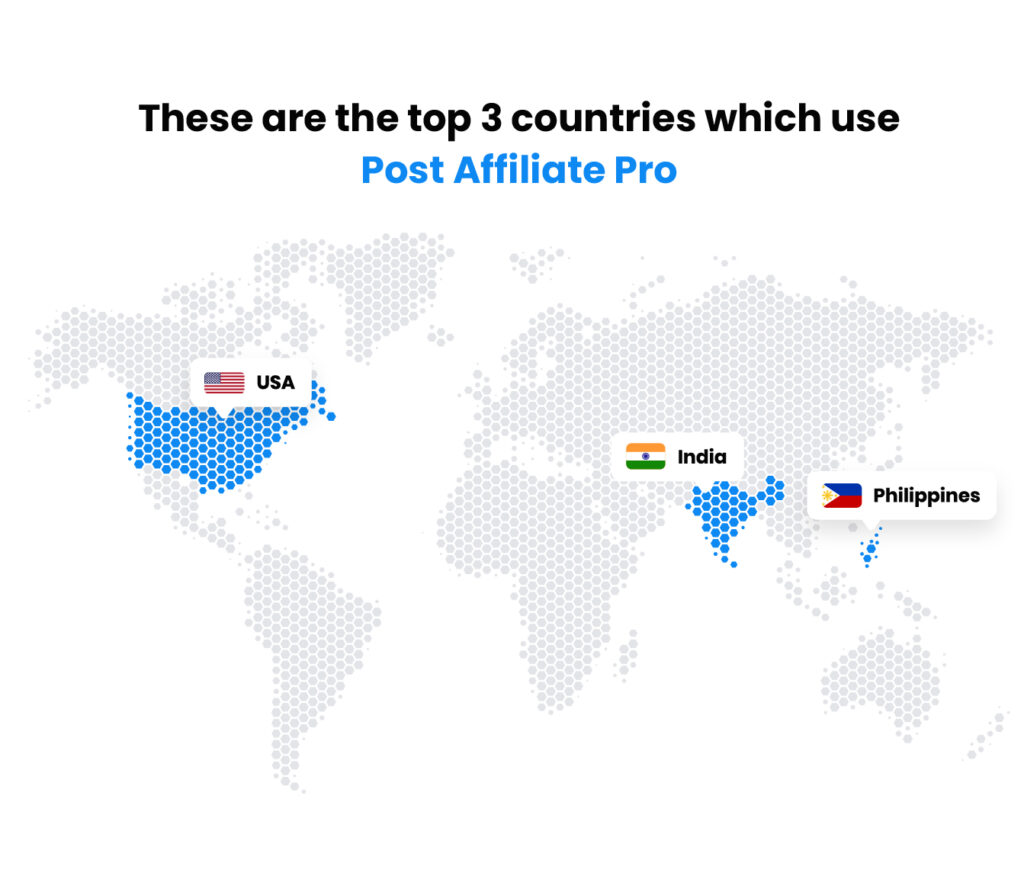
Conclusion
While creating an affiliate program has pros and cons like everything else out there I believe the pros far outweigh the cons. The world is moving quickly to an influencer model where companies can reach massive audiences for relatively small sums by connecting with the right influencers and creating the right partnerships.
With the cost of advertising always going up, an affiliate program is a powerful way to reach the exact audience you want for a fraction of the cost.
Share this article
How To Find Affiliates to Sell Your Products
Discover over 10 successful strategies for finding high-quality affiliates in 2024 to boost your product sales. Learn to leverage influencers, join affiliate networks, and enhance your reach through SEO and social media. Maximize revenue with transparency and ongoing monitoring in your affiliate marketing program.
9 affiliate marketing tools that’ll help you run your affiliate program
Discover 9 essential tools to supercharge your affiliate marketing program! From visual content creation with Visme to comprehensive management with Post Affiliate Pro and audience insights via Smartlook, these tools will boost your sales and refine your strategy. Dive in to maximize your affiliate success!
Top booming affiliate niches of 2025
Discover the top booming affiliate niches of 2023 and maximize your revenue with Post Affiliate Pro! From health and veganism to gaming and luxury goods, explore the most lucrative industries to align with your brand and audience. Unleash the potential of affiliate marketing by choosing the right niche today!
How to keep your affiliates happy with split commissions
Discover how Post Affiliate Pro's SplitCommission™ feature can boost affiliate motivation and engagement by fairly distributing commissions among all contributors to a sale. Learn how to implement this innovative model to enhance your affiliate program's success.



